Vegetarian Protein Foods
Today, I am sharing 10 Delicious plant-based protein recipes to make your meatless meals easy and delicious! Many people do not realize that many high-protein foods are also plant-based, but there are lots of tasty choices! Over the next few days of our Meatless May Celebration. If you missed the first week of the fun, check out these healthy meal plans for vegetarian meals.
Many vegetarians eat eggs and dairy. If they eat eggs, they are called an ovo vegetarian for those who eat eggs and lacto vegetarian for those who eat dairy. And for people who eat both dairy and eggs, a lacto ovo vegetarian. You might be wondering if it is possible to get enough protein on a plant-based diet, I hope some of these ideas will help!
Which Vegetarian Foods are High in Protein?
Here are some of the foods that are high in protein for 10 delicious plant-based protein recipes:
- May 5: Vegetarian Protein Sources: Beans and Nuts with Recipes
- May 6: Vegetarian Protein Sources: Whole Grains
- May 7: Vegetarian Protein Sources: Soy and Non-Soy Meat Substitutions
- May 8: Vegetarian Protein Sources: Finding the Right Protein to Meet Your Needs
- May 9: Vegetarian Protein Sources: High Protein Vegetarian Sandwich Ideas
- May 10: Mother’s Day Barbecue (check out the Mother’s Day Brunch Ideas)
- May 11: High Protein Bowl Ideas
How Much Protein Do I Need?
Protein needs vary according to your age, gender, and body size, and the amount may go up according to the type of exercise you do, like weight lifting. Differences in health conditions also make a difference in what someone may need.
One thing that is difficult for many people to understand is that we can’t store extra protein if we need too much. Protein is only used to build and repair the body, and after that, the extra is used as calories, with the nitrogen not needing to be eliminated as a waste product. For some people with certain health conditions, too much protein can be a stress on the body, and it also may lead to some dehydration.
There may be an added benefit of eating plant-based protein and inflammation. Animal products are more connected to inflammation, while plants help reduce it. So, it is an excellent reason to go meatless once or twice a week if you cannot do it every day. Not only are there great health benefits, but they are also very delicious!
Here are some nice calculations to help you estimate your protein needs from Harvard University. A registered dietitian can also help people individualize their protein needs.
Foods for Healthy Aging
Adequate protein, especially plant-based protein options, is essential to promote healthy aging. This post provides lots of great ideas for vegetarian protein foods.
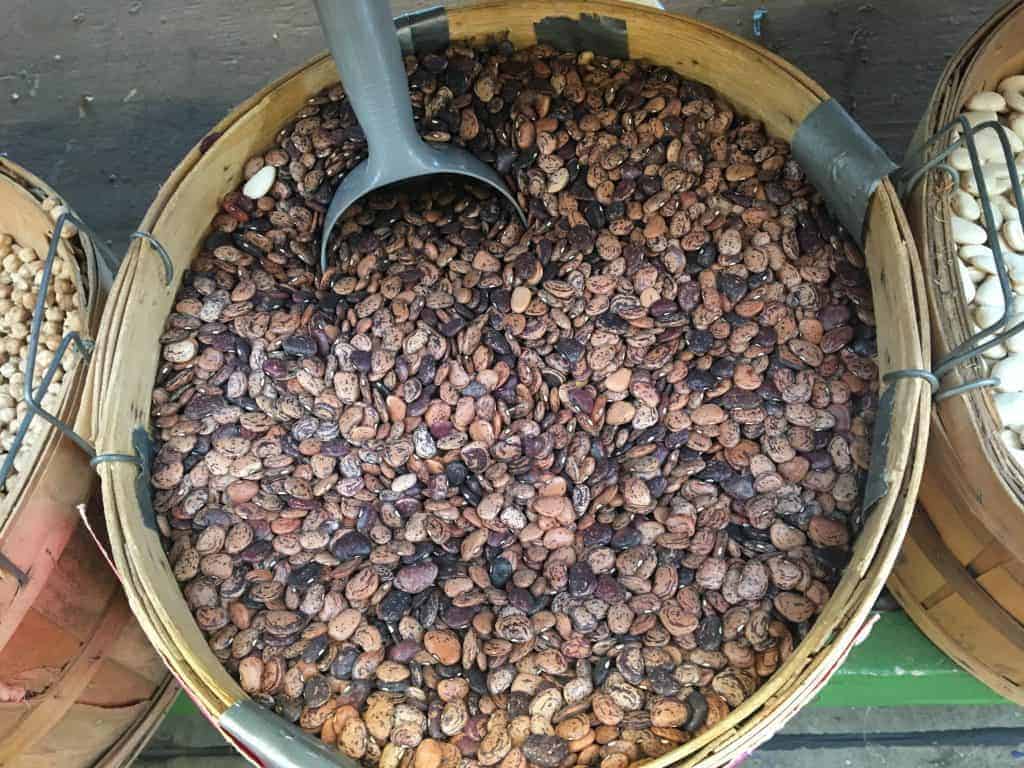
Check out These 10 Delicious Plant-Based Protein Recipes
High Protein Beans, Nuts and Seeds
Beans average about 15 grams per cup and provide lots of fiber and healthy carbs. They are also rich in vitamins and minerals like manganese, magnesium, copper, folate, iron, and thiamine. Beans can be made into dips, soups, salads, casseroles, and more.
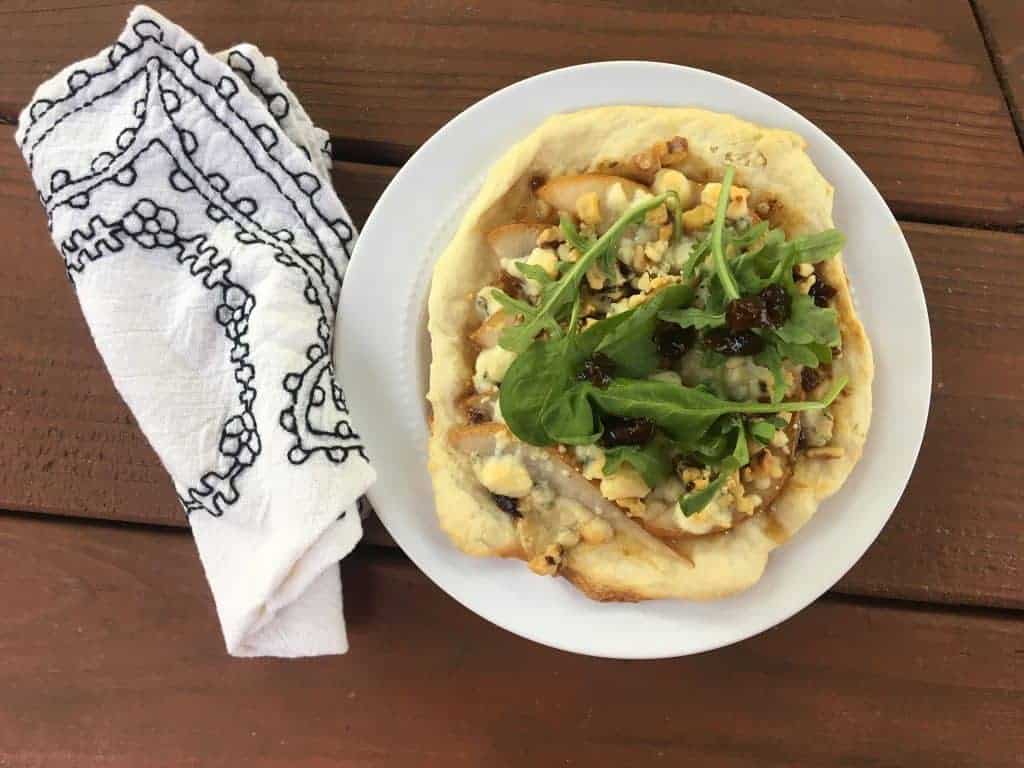
Nuts and seeds are another great source of plant-based protein, containing about 5 grams per 1 ounce, about a handful or 1/4 cup. In addition, they contain fiber and healthy carbs, but they are also rich in vitamin E and minerals like manganese, magnesium, phosphorus, copper, and selenium. They are great topped in salads or other side dishes, but I love them in a pesto or tapenade.
My family and I enjoy some recipes using beans and nuts or seeds!
- Garbanzo Tomato Curry
- Low Fodmap Lentil Veggie Burgers
- Broccoli Walnut Pizza
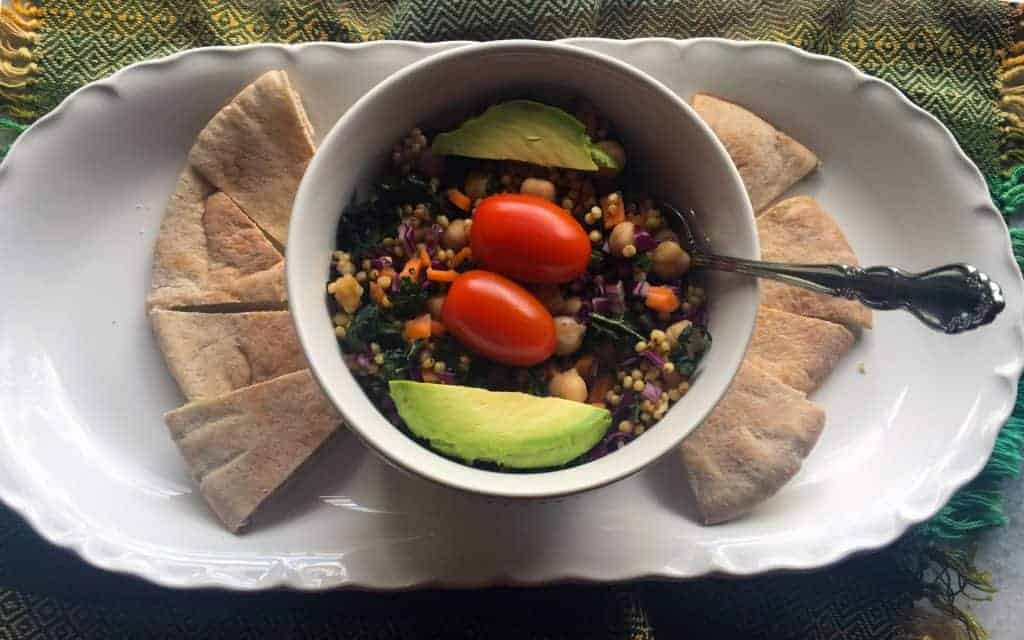
And also a few recipes using nuts/seeds:
- Apple Blueberry Tofu Walnut and Kale Salad
- Arugula Pesto
High Protein Whole Grains
When we think about whole grains, most don’t consider how much protein they contain. We usually consider them healthy carbs, but only half a cup contains about 5 grams of protein. Besides that, they are also high in fiber, B vitamins like thiamine, niacin, and folate, and minerals such as iron, magnesium, and selenium.
Whole grains in your regular diet include whole wheat, rye, and oats (unless you have celiac disease or work with a registered dietitian on a low fodmap diet). Others include quinoa, brown rice, wild rice, and millet.
Here are some of the recipes with whole-grain recipes that are also rich in protein:
- Rainbow Kale Salad
- Quinoa Tabouli
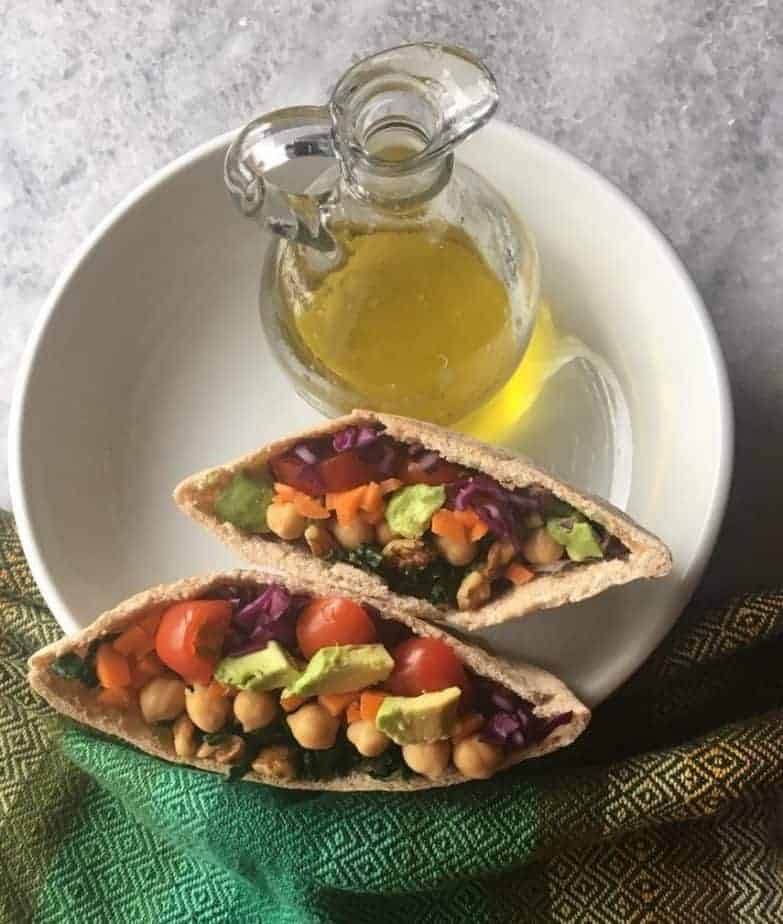
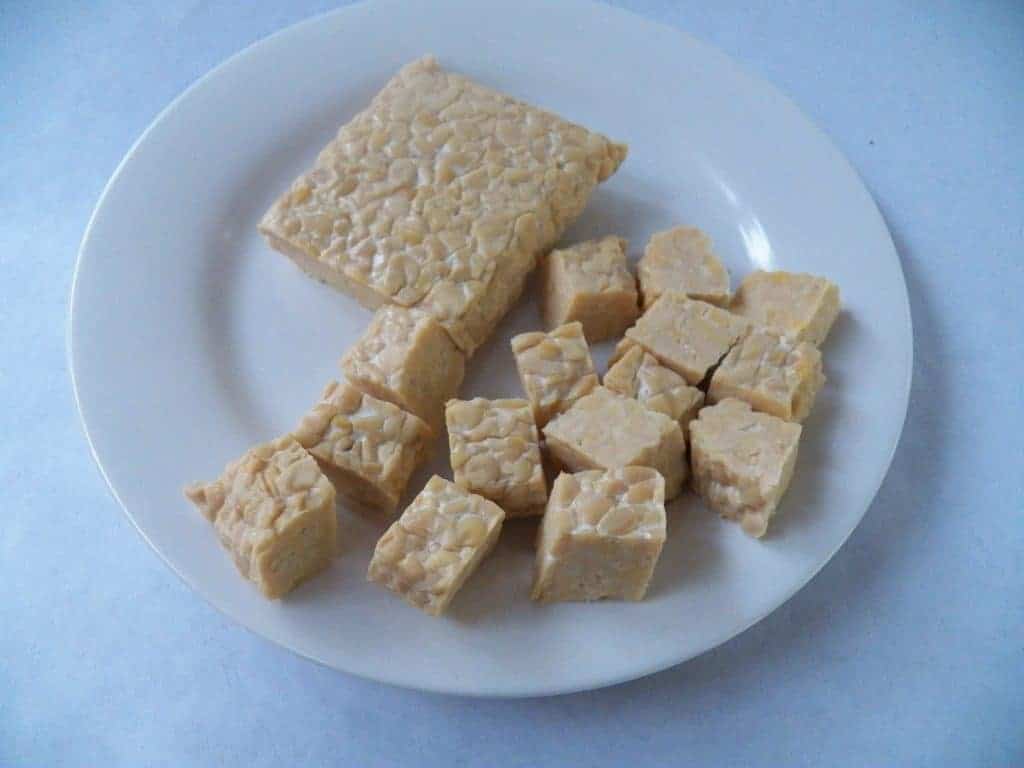
High Protein Soy and Non-Soy Meat Alternatives
These meat alternatives can be almost as high in protein as many meat options and can be prepared deliciously! Here are some of the more common ones:
- Tofu
This soy product is made by thickening soy milk with a coagulant to make it into a cake that can be marinated and made into all sorts of delicious recipes. Because of its milk flavor, you can season it exactly how you would like, from an Asian stir fry to a soft, creamy chocolate dessert. That is because tofu also comes in various textures, from firm, extra firm, medium, and silken/soft. My favorite thing to make from tofu is to marinate, bake, and put it on sandwiches or salads.
A three-ounce serving contains 8 grains of protein rich in calcium and protein. - Tempeh
This high-protein soy food is fermented with whole foods. Some foods that might be included are nuts, seeds, legumes, and whole grains. Some tempeh can even be made with legumes other than soy, making it soy-free. Because it is fermented and contains whole foods, it has more texture but a distinct taste than tofu’s delicate flavor.
A three-ounce serving of tempeh contains 16 grams of protein and is high in fiber, iron, and potassium. My favorite way to make this is tempeh Sloppy Joes, but I also love tempeh bacon and sausage. - Seitan
This plant-based meat alternative is even higher than the two above. It is made from wheat gluten, which would make it inappropriate for someone with celiac disease, but it can provide a nice chewy texture and have flavors cooked right into it. One of my favorite ways to prepare this is in a stir fry with sauce or to make fajitas.
Here are recipes made from each that I hope you try: - Tofu Eggplant Bell Pepper and Zucchini Kabobs
- Tempeh Bacon Sandwich
- Taco Salad Using Plant Meat
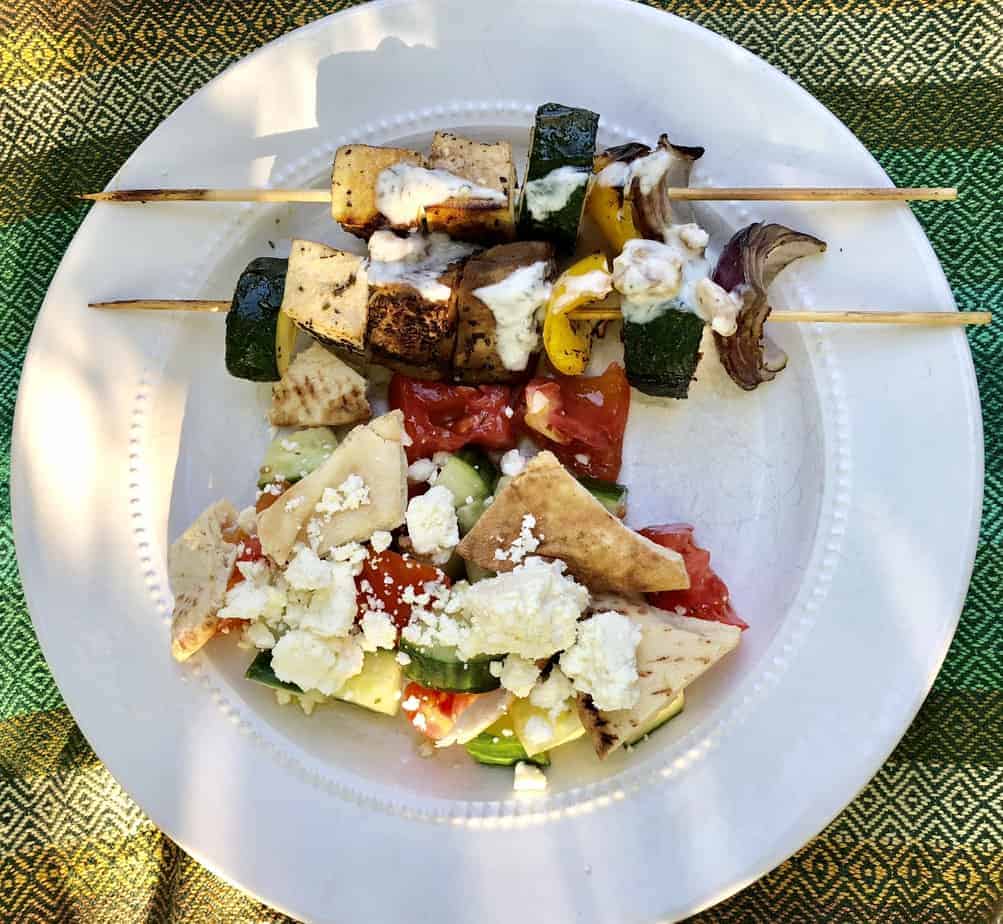
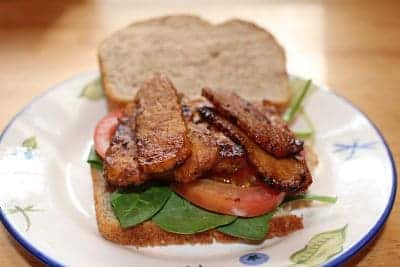
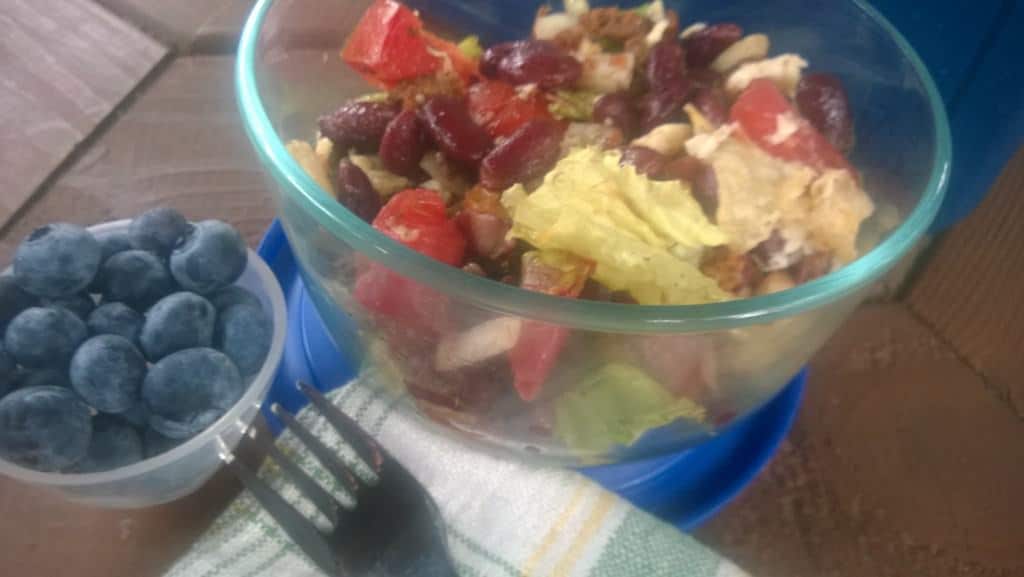
Soy Controversies
If you have read my blog before, you may have listened to this fantastic podcast from Mary and Whitney from one of my previous posts. If you have not, here it is. It is worth repeating. I hope you find it helpful. Soy is a big part of my plant-based meal plan.

Vegetables are a Source of Protein in the Diet
Not only do vegetables offer abundant vitamins, minerals, phytochemicals, and antioxidants, but they also provide about 2 grams of protein per serving. When we strive to get more daily, this increases protein in our diet!
The Vine Ripe Nutrition blog has many vegetable recipes to help you get your protein needs!
Finding the Best Plant-Milk to Meet Your Nutritional Needs
Several factors determine the best plant-based milk for you. Are you looking to add a non-dairy milk that compares to milk in terms of protein or calcium? Do you have IBS and need a low fodmap option? This article includes plant-based milk comparisons and also some plant-based milk nutrition information. I hope that you find it helpful!
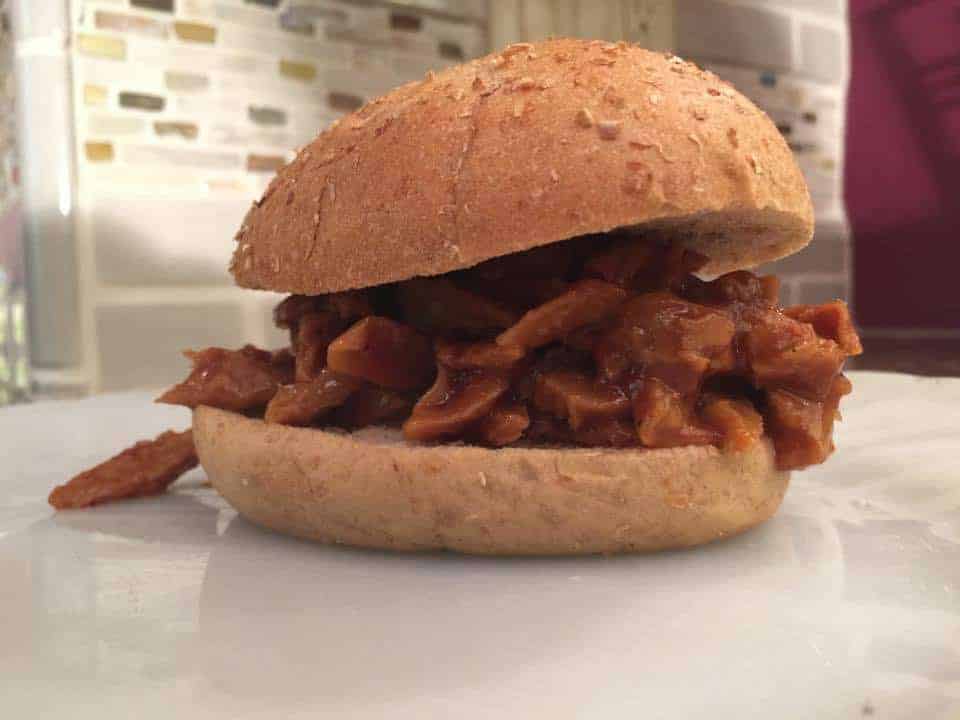
High Protein Vegetarian Sandwiches
You do not have to have a slice of meat or cheese to have a high-protein sandwich. The barbecue sandwich above is made from a brand of seitan-type product called No Evil Foods https://www.noevilfoods.com/
You can find the recipe for this barbecue sandwich shown above at https://vineripenutrition.com/plant-meat-3-ways-take-your-lunch-to-work-challenge/
You can also make many great sandwiches out of tofu or tempeh. I love the locally made Smiling Hara Hempeh , which uses hemp seeds! Here are some other delicious ideas!
- Grilled Tofu Summer Vegetable Sandwich
- Barbecue Tempeh Open-Faced Sandwich
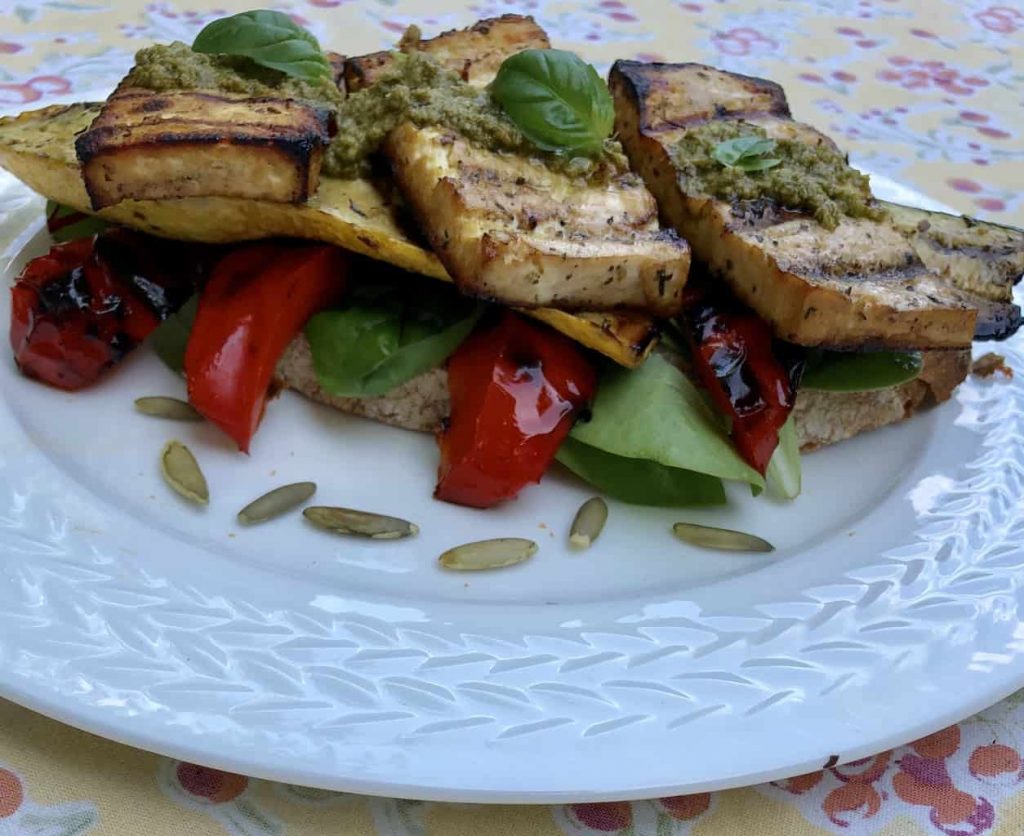
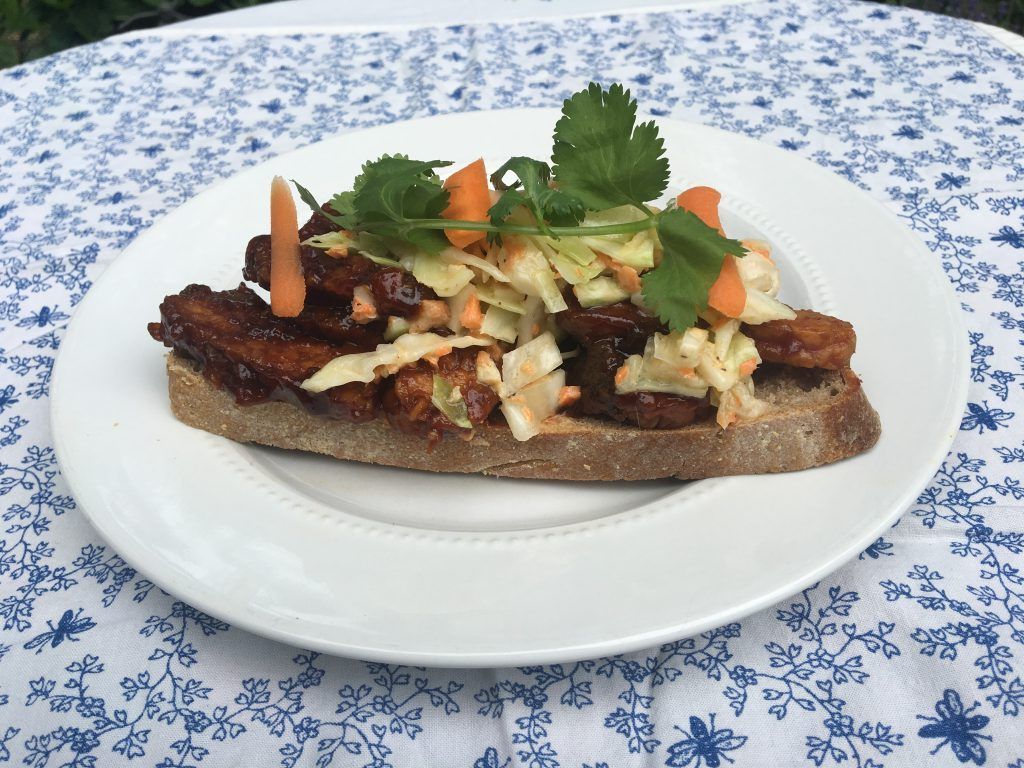
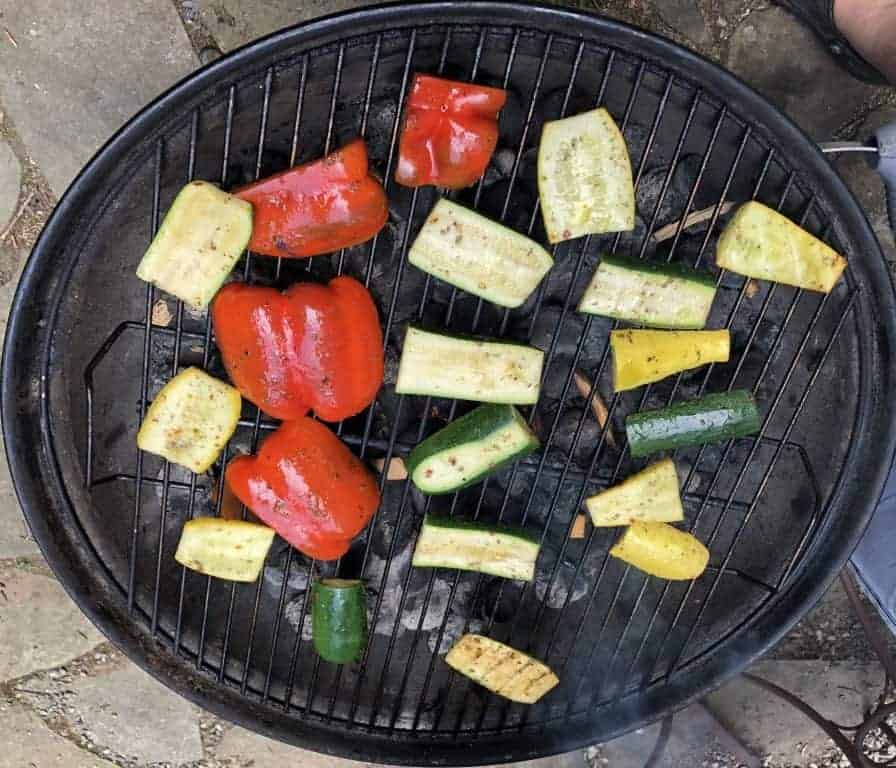
Mother’s Day Vegetarian Barbecue Menu
Last week, I shared several recipe ideas for a delicious Mother’s Day Brunch. But why can’t Mom have both a delicious brunch and a barbecue?
Here are some tasty meatless barbecue ideas that you may love! Also, check out my grilled recipes above, which include grilled tofu summer vegetable sandwiches and tofu eggplant Bell pepper kabobs!
Barbecue for Mom
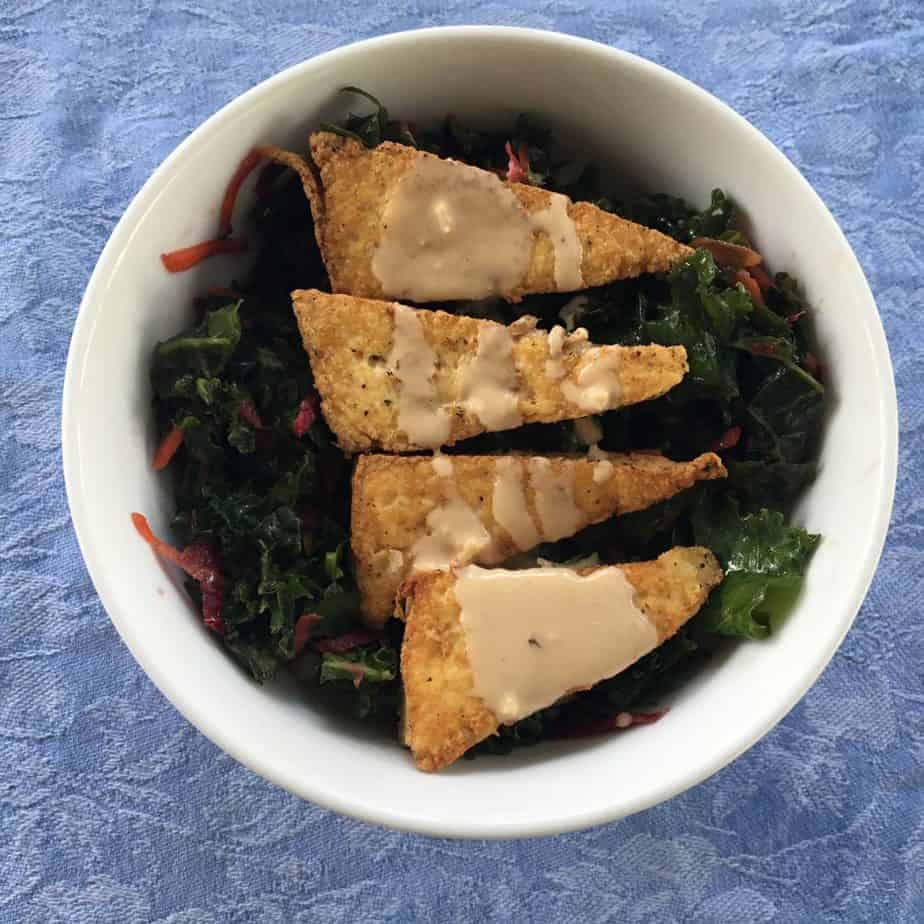
Vegetarian Protein Bowl Ideas
The last topic for this week that I want to share is adding a vegetarian protein bowl to your weekly menu rotation. I love these because they are as versatile and diverse as the entire universe (well, almost). Use a bowl to use up all your leftovers for the week. I make Asian, Mexican, and sometimes even Southern! Below is my rule of how I put them together and after that I am sharing a few recipes:
- Your Choice of Veggie Protein
This can be tofu, tempeh, seitan, beans (and even eggs and cheese if you eat these). I often add several proteins together. - Your Choice of Veggies
Get as creative as you want. Add both raw and cooked vegetables. Some of my favorite combos include baked sweet potatoes, raw cabbage, and kale with maybe some grated carrots, but the sky is the limit to what you can put together. You can even add fresh or dried fruit. - Nuts or Seeds
For additional protein, healthy fat, crunch, and a pop of flavor. I love walnuts and pumpkin seeds, but all would be delicious! It is not a nut or seed; other healthy fats include chunks of avocado or olives. - Whole Grains
There are many choices here, including brown rice, stone-ground grits (polenta), quinoa, and millet! - Get Saucy
A friend asked me what sauce I used. Well, it depends on your bowl. Maybe it is lemon ginger, salsa, or pesto. You have lots of options here to get creative!
Here are some recipes to get you started on your weekly vegetarian grain bowl adventure:
- The Tofu Buddha Bowl (see picture above )
- Tempeh Cobb Salad Bowl (below)
- Tofu Mexican Bowl with Blueberry Mole Sauce
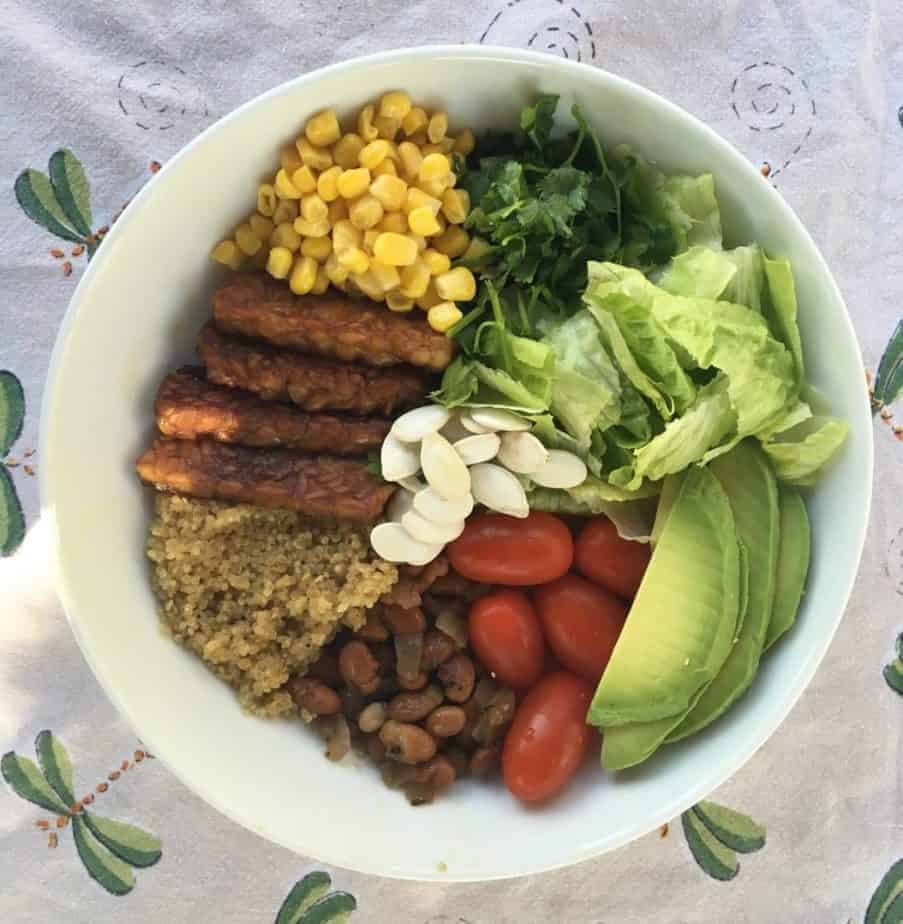
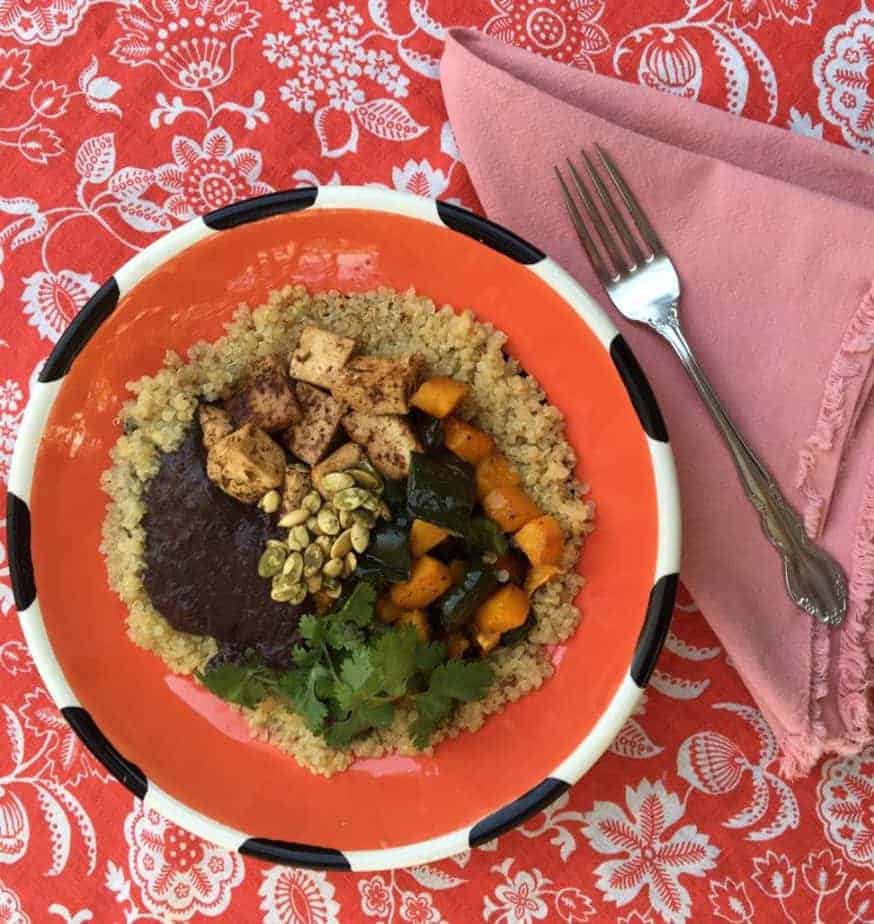
Next week, I will have more Meatless May ideas to inspire you to try a more plant-based lifestyle and good reasons to eat more plants! I titled this post 10 Delicious Plant-Based Protein Recipes, but I think I included even more!
As a registered dietitian, I love helping people eat healthier so they can feel their best and do what they love! The site will share meals that can be either meatless or with meat. You can also find more vegetarian recipes here.
Stay tuned early next week for even more meatless recipes and menu ideas to help you with your plant-based lifestyle!

